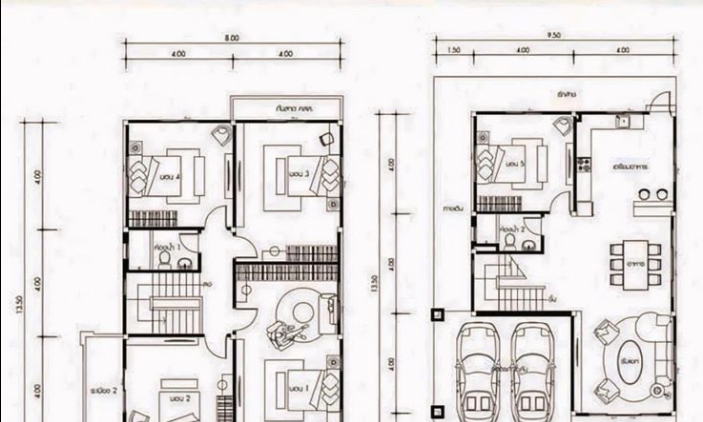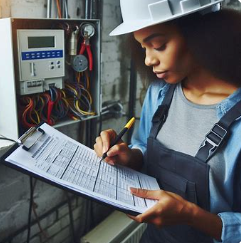Outdoor Kitchen Construction: Budget-Friendly Plans & Inspiring Ideas for Your Backyard
5 Min read
)
June 22, 2025
As homeowners look to make the most of their outdoor spaces, outdoor kitchen construction has surged in popularity. From backyard barbecues to elegant al fresco dining, an outdoor kitchen adds serious value, convenience, and charm to your home. But how do you build one without overspending?
In this guide, you’ll learn how to build an outdoor kitchen on a budget, discover smart outdoor kitchen plans, and find creative outdoor kitchen ideas to suit any style or space.
What Is Outdoor Kitchen Construction?
Outdoor kitchen construction refers to the process of designing and building a functional cooking and dining area outside your home. These spaces typically include:
A grill or smoker
Prep counters
Storage drawers or cabinets
Sinks and mini-fridges (optional)
Seating or dining areas
Depending on your space and budget, your kitchen can be custom-built, modular, or assembled using prefabricated kits. Each option offers varying levels of flexibility, cost, and complexity.
How to Build an Outdoor Kitchen on a Budget
Thinking about how to build an outdoor kitchen on a budget? You’re not alone. Here's how to keep costs down without sacrificing quality:
1. Start with a Solid Plan
Design your layout ahead of time. Use free design software or printable outdoor kitchen plans to map out essentials before you buy anything.
2. Use Affordable, Durable Materials
Concrete blocks and pavers are cheaper than natural stone
Repurposed wood and metal can be used for shelves and framing
Opt for tile or concrete countertops over granite
3. DIY What You Can
If you’re handy, building your own frame or countertops can save thousands. Stick to simple L-shape or straight-line layouts for easier construction.
4. Limit Utility Hookups
The fewer gas, water, and electric lines you need to run, the more affordable your build. Consider portable propane tanks and prep sinks that drain into a bucket.
5. Phase Your Construction
Start with a grill island and expand over time. Add storage, seating, and appliances later as your budget allows.
Outdoor Kitchen Plans for Every Backyard
Whether you have a sprawling yard or a compact patio, there’s a layout that will work for you. Here are a few outdoor kitchen plans to consider:
• Straight-Line Layout
Perfect for small spaces. Everything is aligned in a row-grill, counter, and fridge.
• L-Shaped Layout
Adds counter space and creates a natural cooking "zone." Great for corner spaces.
• U-Shaped Layout
Ideal for larger backyards. Offers maximum prep and serving space, plus room for guests to gather.
Looking for inspiration? Try sketching your layout using online tools or download ready-made outdoor kitchen plans to customize your design.
Top Outdoor Kitchen Ideas to Inspire Your Design
:format(webp))
Once your layout is set, it’s time to bring your outdoor kitchen to life. Here are some trending outdoor kitchen ideas to make yours stand out:
1. Rustic Vibes
Use reclaimed wood, stone, and Edison lights for a cozy cabin feel.
2. Modern Minimalism
Think sleek stainless steel, concrete countertops, and neutral colors.
3. Tropical Escape
Add bamboo paneling, tiki torches, and a thatched pergola for a vacation vibe.
4. Entertainment-Ready
Install a pizza oven, bar seating, and even an outdoor TV for the ultimate hangout spot.
Don’t forget weather protection! Adding a pergola, awning, or even an umbrella can make your outdoor kitchen usable year-round.
Tools & Materials You’ll Need
Here’s a basic checklist to get started with outdoor kitchen construction:
Grill or cooking surface
Concrete blocks or steel frame
Cement board and tile
Countertop material (concrete, tile, stainless steel)
Basic tools: saw, drill, level, trowel
Weatherproof sealants and finishes
Optional upgrades: sink, mini-fridge, smoker, or kegerator.
Common Outdoor Kitchen Construction Mistakes to Avoid
Before you dive in, beware of these common pitfalls:
Skipping permits: Some areas require zoning approval or inspections. Always check local codes.
Poor ventilation: Especially important if you’re enclosing the kitchen or using a gas grill.
Lack of planning: Rushing into construction can cause expensive changes later.
Overloading the budget: Stick to essentials first and expand later.
Conclusion
With the right outdoor kitchen plans, smart budgeting, and a touch of creativity, you can turn your backyard into the ultimate outdoor living space. Whether you're going full DIY or hiring help, outdoor kitchen construction doesn't have to break the bank.
Ready to bring your vision to life? Start planning today with budget-friendly materials, and let your favorite outdoor kitchen ideas guide the way.
Frequently Asked Questions
What is the cheapest way to build an outdoor kitchen?
Use concrete blocks, repurposed materials, and stick to a simple straight-line design. Do as much of the work yourself as possible.
How much does it cost to build an outdoor kitchen on a budget?
Budget-friendly builds can start as low as $1,000-$3,000, while high-end kitchens can run $10,000 and up. DIY efforts significantly reduce costs.
Do I need a permit to build an outdoor kitchen?
In many areas, yes-especially if you're running gas or electrical lines. Check with your local building department.
What’s the best layout for a small outdoor kitchen?
A straight-line or compact L-shape layout works best in small spaces and is easier to build.















